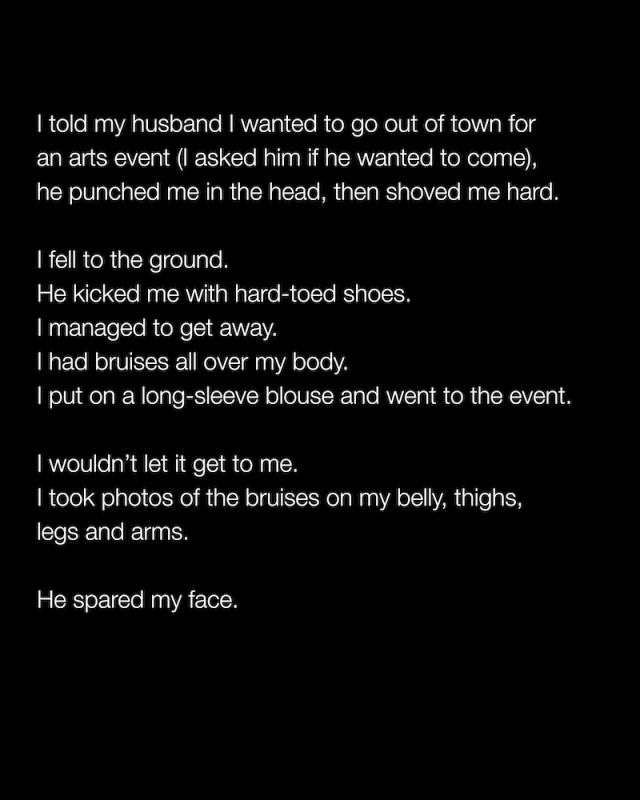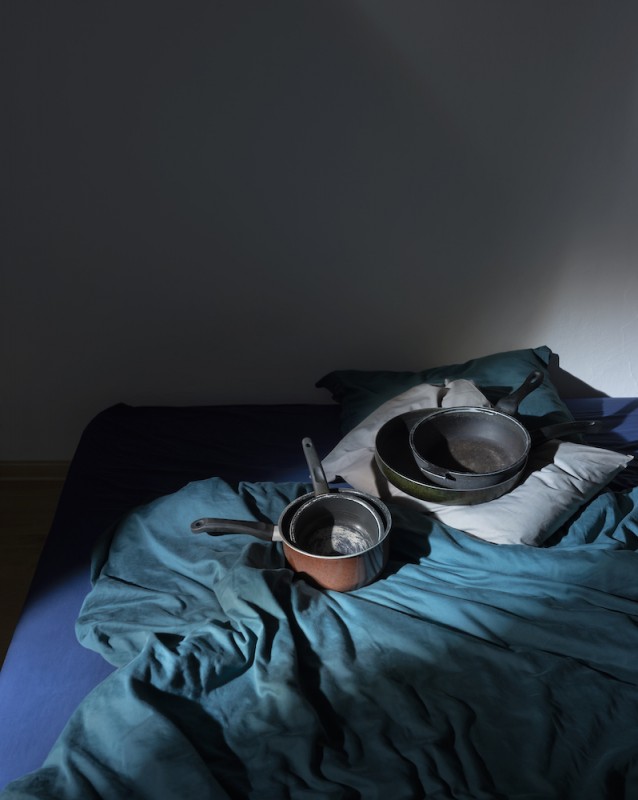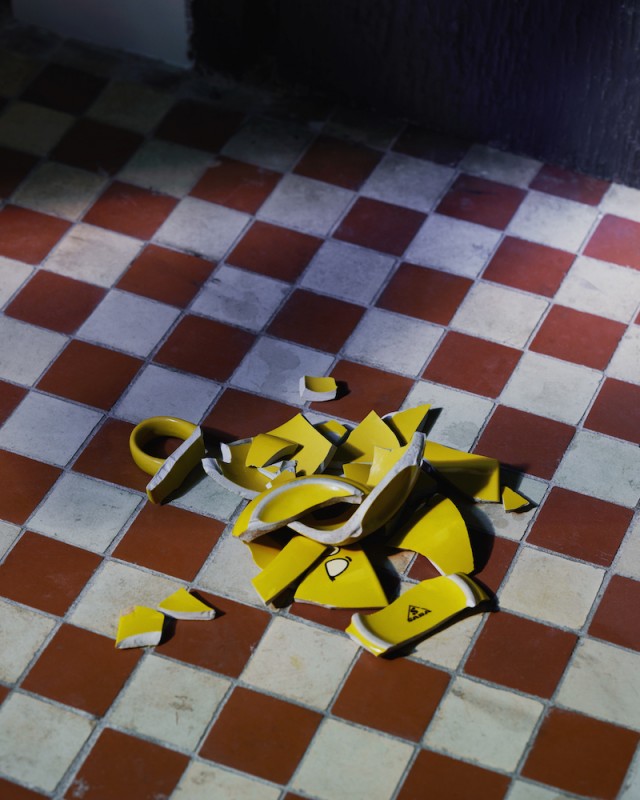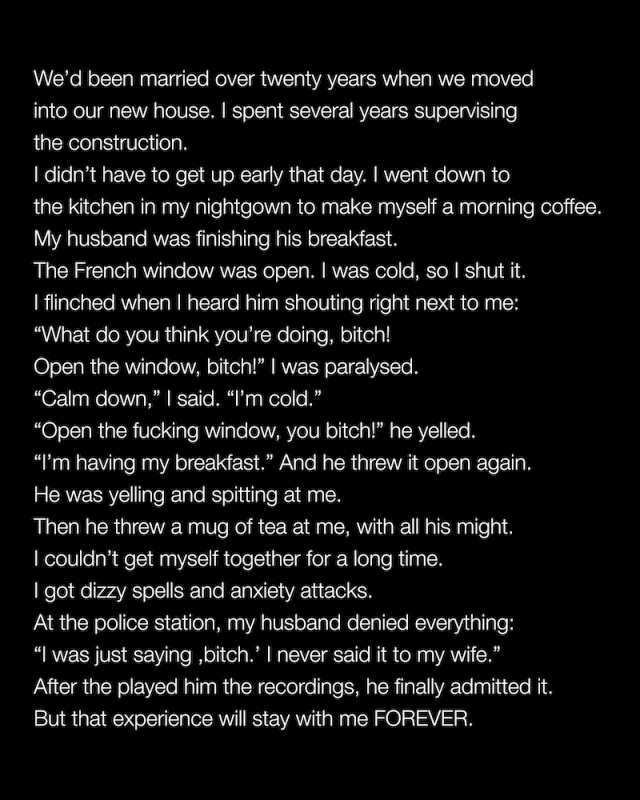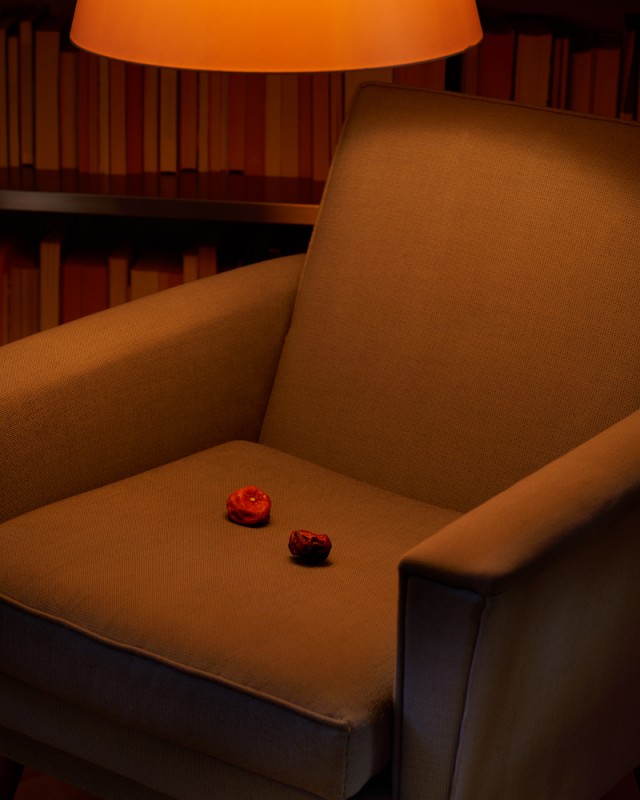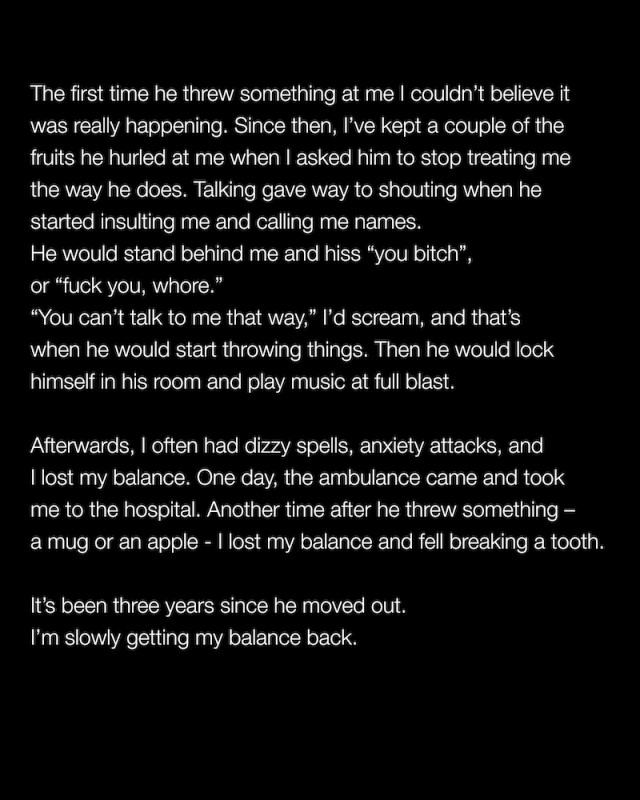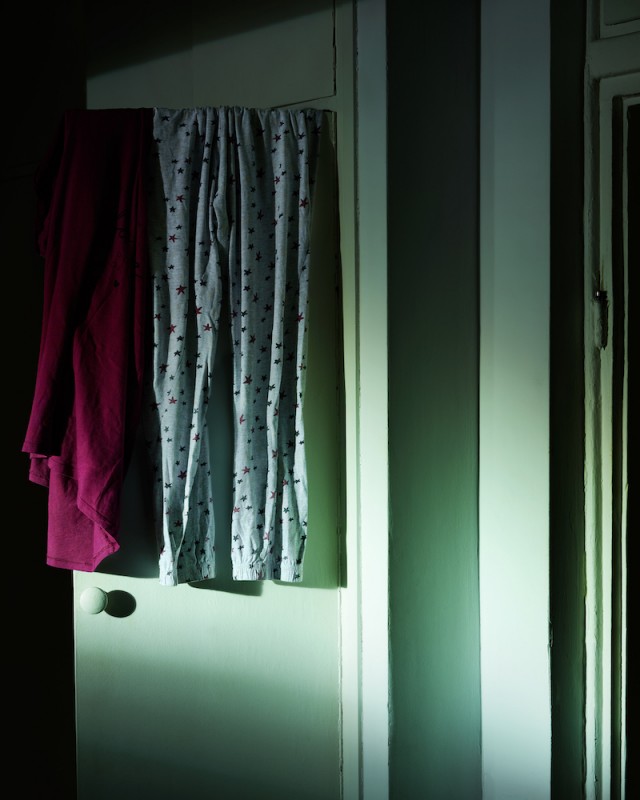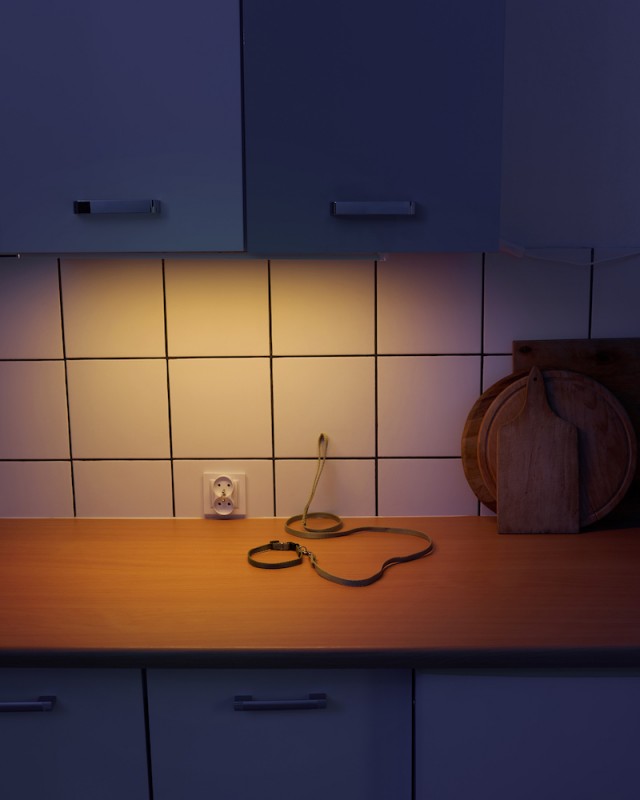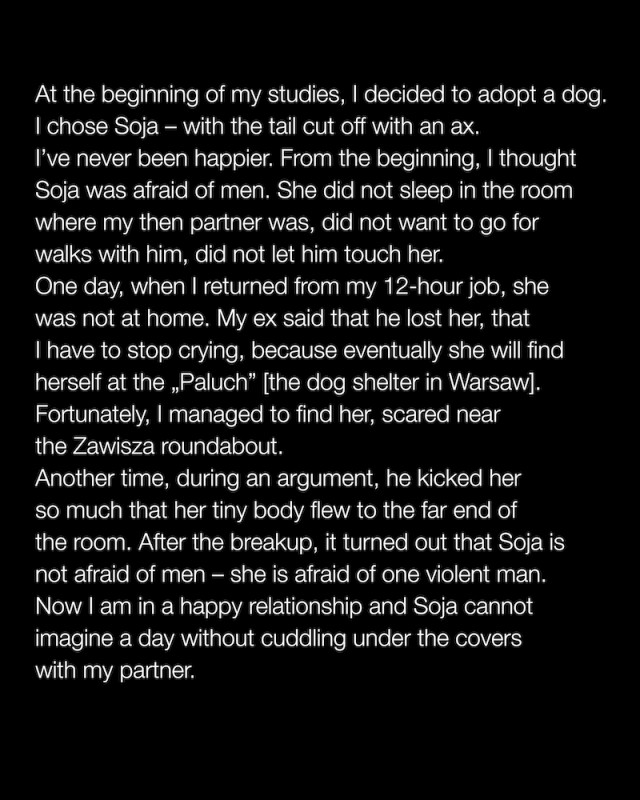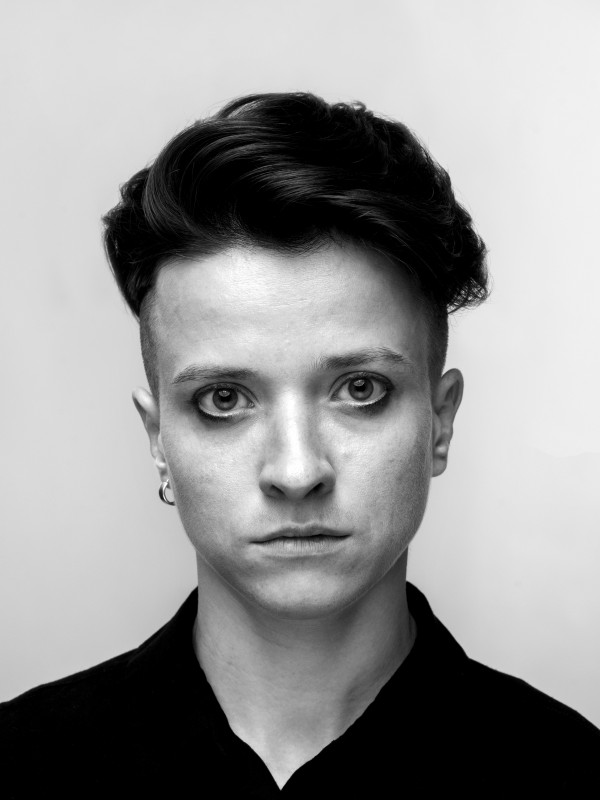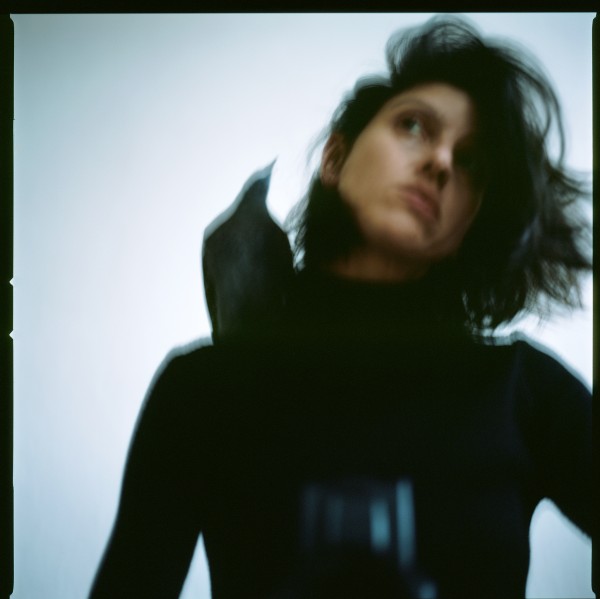Physical evidences
Physical evidences
March 28, 2022
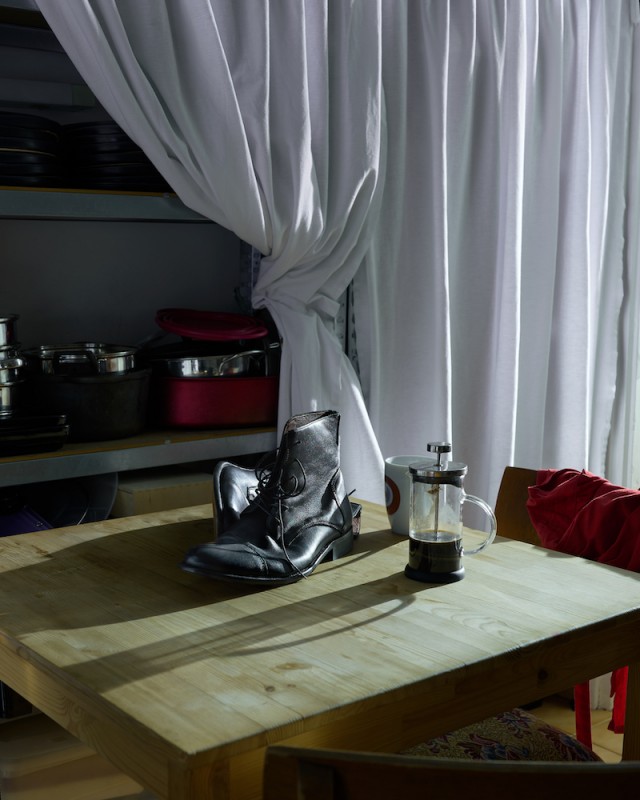
Frying pans, shoes, cups, fruit: though apparently harmless at a first glance, these items can also be used as tools of oppression in relationships, resulting in an everyday life that is unbearable for many. In collaboration with the Physical Evidence Museum, photographer Agata Grzybowska and set designer Małgorzata Białobrzycka brought the subtle horror of domestic violence into the open and, with the testimonies of survivors, established a platform for discourse – because far too much silence still surrounds this topic.
LFI: Your project is a collaboration with the Physical Evidence Museum. Please tell us how this collaboration came about.
Agata Grzybowska: The Physical Evidence Museum is a project started by two Latvian artists, Laura Stašāne and Jana Jacuka, and is based on the collection of objects and stories that were sent in by women who have experienced violence, caused to a great extent by men. First, the project was presented in Riga, and then, in collaboration with TR Warszawa, Feminoteka Foundation and Autonomia Foundation, it found its way to Warsaw.
In the latter case, the exhibition was organized in a private apartment and the objects were placed according to their common use. At first glance, it was just a regular home full of ordinary objects showing that somebody actually lived there. If not for the women’s testimonies, perhaps it would not even cross the visitors’ mind how creative and cruel oppressors may be, turning items of daily routine into tools of power and oppression.
It was Feminoteka that came up with the idea of creating photographs that would complement the exhibition initiated by Laura and Jana. The Foundation contacted Małgorzata Białobrzycka and I, and asked if we could photograph the objects sent in by Polish women for the project. We didn’t give it a second thought – for very personal reasons, but also because violence against women in Poland is still commonplace, and justice for those who experience it is still very rare. We decided to accept Feminoteka’s invitation, first and foremost, as an opportunity for women to speak out, since survivors of violence, and especially women, are usually kept silent. As artists, we also treated the project as an initial point for developing our own concepts, and giving the project a slightly different visual form.
Your visual language is in equal parts sober and factual, but also very emotional. What do you want to evoke in the viewer?
The idea behind the Physical Evidence Museum is to focus on everyday objects that become silent witnesses of violence. In our photographs, we wanted to continue this thread for at least a few reasons. First of all, it was vital for us to protect women who had experienced violence, shared their stories, but for various reasons had chosen to stay anonymous. Giving the visual field to oppressors was out of question for us. On the one hand, we considered that fruit or simple objects are not viewed as potential tools of power or silent witnesses of violence, and, on the other hand, that they could become the ideal metaphor for what domestic violence against women is like: common, almost obvious and therefore ignored. And this is the aspect we decided to address.
At a first glance, you show everyday still lifes, but the objects always seem out of place…
We photographed objects in private apartments, in spaces that are treated and thought of as “home”. We wanted to show that home is not always an asylum, a space where women feel safe and can hide when the world is too overwhelming. Of course, this was also an allusion to the very outdated, but sadly still quite common, Polish mindset, according to which if something alarming happens within the four walls of home, it should stay there: it shouldn’t be seen; it shouldn’t be spoken about; the best thing is to sweep it under the rug and pretend that nothing had really happened. Finding this approach unacceptable, but also a bit subversively, we placed the photographed objects in spaces where they do not belong – a shoe on the kitchen table, pots and pans in the bedding. In this way, we wanted to provoke a specific visual dissonance, that would make it more probable that a passer-by or a viewer would stop and read the story behind each object. And maybe, after reading the testimony of a survivor, they will gain some awareness, understand that reality is not always as it seems. Maybe they will become more attentive to others; maybe next time they will not trivialize or simply ignore violence, but will stand up for a woman who experiences it; or, as a neighbour, they will react to what is happening next door.
Agata Grzybowska+-
Grzybowska is a photojournalist, photographer, video-maker, and an Ambassador for Leica Camera Poland. She was associated for years with Gazeta Wyborcza, but now works as a freelancer. She is co-founder and member of the RATS Agency. Grzybowska graduated from Direction of Photography at the Polish National Film, Television and Theatre School in Lodz. She teaches History of Photojournalism at SWPS University in Warsaw. Her first photo book 9 Gates of No Return (2017) has gained international recognition and earned her several awards. Grzybowska travels across the world depicting people in difficult, often life-threatening situations. While working, her principle is to get as close as possible to people and their stories. More
Małgorzata Białobrzycka+-
Białobrzycka is a visual artist, set designer and stylist. She graduated from Cracow School of Fashion Design with a degree in Fashion Design. She also studied History of Art. In her work, she focuses on objects, giving new meaning to existing items. Białobrzycka often undertakes projects related to the environment and ecology, social issues, and human perception as such. In her creative process, she concentrates on developing the concept, and bringing it to the photographed objects. More

